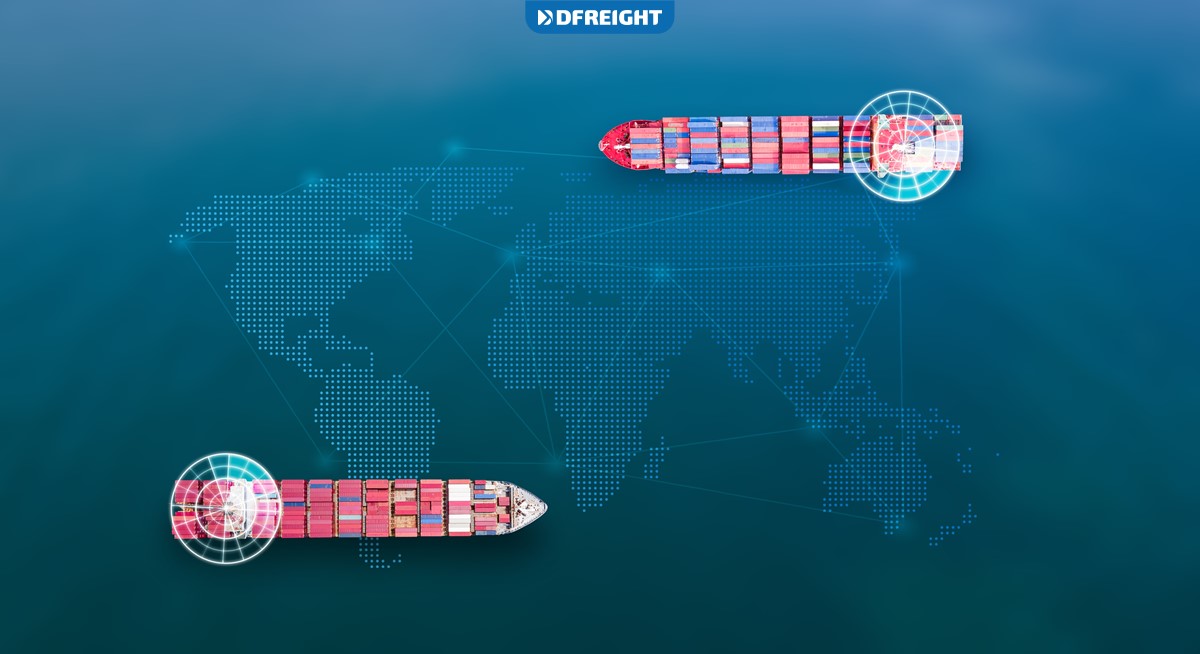Unlocking Global Trade: Your Guide to International Cargo Shipping

Source: dfreight.org
Imagine a world where your products can effortlessly traverse borders, reaching eager customers halfway around the globe. International cargo shipping makes this dream a reality. This detailed guide will demystify the process, from initial planning to final delivery.

Source: com.pk
Understanding International Cargo Shipping
International cargo shipping involves transporting goods across international boundaries (including import/export). Crucially, understanding customs regulations is paramount.
Key Players in International Cargo Shipping

Source: fastwayindia.com
- Shippers: You, the company sending goods (like you and me)
- Freight Forwarders: Experts guiding your cargo from origin to destination (essential!).
- Shipping Lines: Sea or air companies, carrying cargo across the vast oceans.
- Customs Brokers: Facilitating the customs clearance process (essential).
What are the Main Types of International Cargo Shipping?
- Sea Freight (shipping by ship). Often ideal for bulky goods.
- Air Freight (faster but more expensive). Crucial for time-sensitive products.
- Road Freight (less common across borders; for countries connected via road networks.)
Initial Steps: Pre-Shipment Preparation
1. Defining the Cargo: What is it? Size? Weight? Value? Describe everything precisely! (important for insurance and documentation).
2. Selecting Your Carrier: Should it be air, sea or land (if applicable)? Air or sea, it depends on speed, urgency.
3. Insurance (a MUST): Crucial if anything happens; get it planned beforehand; a good safeguard!
4. Documentation is KING: You need proper export and import licenses (documents that matter), bills of lading (an important document stating goods to be carried; it serves like a receipt too!), packing lists, and other necessary permits/forms from authorities/agencies (your destination).
5. Obtaining necessary permissions: Crucial for shipping from certain destinations! (Ensure necessary permits)
6. Shipping Schedules/Timelines: Understand the cargo delivery timeframe(s). Crucial planning, even if slight deviations in timeline arise! (crucial!)

Source: co.uk
Handling Customs Procedures
1. Knowing Your Destination Customs Rules: It is critically important for import (arrival country customs). Very significant part of process, understanding is needed, crucial.
2. Customs Declaration: Accurate and detailed documentation is important, accurate & completely filled, accurate documentation/fill all important forms. (Don't leave a space empty!)
3. Import Licensing and Tariffs: Important. Verify licensing (is import license needed). If Yes, and if the item you send or your target place is specific to these licensing matters, proceed carefully; comply with laws (crucial); don't take risk in ignorance!
4. Compliance (Import Controls): Be careful; certain goods require specific measures (be certain!), verify it before shipping, avoid errors!
5. Paying Duties/Taxes/Fees: Necessary (but complicated), be precise about charges. Plan for additional taxes (to not take a big blow later)

Source: gembah.com
Shipping Your Cargo: Process Overview
1. Loading the cargo onto the transport vehicle: Carefully prepare it! Important: Make sure cargo is properly secured. (Very essential!)
2. Tracking Shipment Details (A must!): Regularly track your shipment using available tools (app/website from shipping line/etc). Check the updates as they become available (follow every step; keep tracking your progress closely)
3. Managing Delivery to the Consignee: Once the cargo has arrived, arrange a clear delivery method (for your cargo), specify place. Make arrangements for the receiver. This may entail arranging specific delivery methods based on how large is your order!
Ensuring Smooth and Secure International Shipping
1. Working with a Reputable Freight Forwarder (highly recommended): It saves time (more efficiently and time saved). Expert help; this might not be possible, but is a good way to ensure all goes to plan (check credentials).
2. Contingency Plans for Delays/Disruptions (Essential): Shipping sometimes can't be smooth; anticipate issues and adjust plans proactively; Be ready to respond, adapt swiftly. A proactive attitude saves lots of time; if it is your only solution. Be ready for any challenge and obstacles. (Plan ahead!)
3. Open Communication (Critical): Stay connected with both your forwarder (communication channels with freight forwarder are key!), customs brokers, and your international consignee. Prompt feedback ensures everyone stays in sync throughout all stages of the journey. (Clear, effective communication is vital throughout process).
Calculating Shipping Costs and Timeframes
1. Understand Different Shipping Methods (crucial to understand for every client's scenario; tailor it; different clients might be suitable to certain shipping choices): Compare rates (see details from comparison) for both speed and price/rate factors based on volume/weight/destinations/time factors. Tailor to suit circumstances, compare several (freight, etc). Be precise with requirements. (Be a good negotiator, research more on details like cost-benefit ratio)
2. Understand factors affecting shipping rates: Location/volume, etc. are factors impacting rates; other issues may influence rates also; such factors matter if rate are high or low).
3. Get Quotation from several Carriers and Freight Forwarders: The key is a great cost to your client (best for your customer!). (Try negotiating!)
4. Consider Port Charges and Fees: Plan and understand charges involved, research local costs for destination countries. Calculate thoroughly (to help estimate the shipping costs to clients!).
Resolving Issues: Navigating Potential Problems
1. Handling Damaged Cargo: What happens if the items you are shipping get damaged during the journey? Know your insurance plan, etc. Carefully inspect your packages or shipments on delivery. Act quickly with reports for the company to follow, file necessary paperwork for any possible compensations. Be thorough, accurate when filling documents, it may help resolve problems quickly and efficiently.
2. Dealing with Delays: Discuss with relevant teams the issues involved (e.g., your client; forwarder, shipper or other logistics personnel). Stay in regular contact; understand what measures can be undertaken. Check if it is something that can be overcome in good time. Follow up (on your issue or to keep tracking), promptly and carefully!
3. Disputes and Claims: In case something wrong happens (file promptly with the carrier). Check your shipping/insurance policy for possible disputes in a scenario when something goes wrong in the logistics chain. Be informed to avoid disputes and find solutions; use your policy carefully, for clarity, to reduce any errors in future or misunderstanding (be extra careful on details here!). (Look to find clear solution!)
4. Implementing corrective action: What actions are possible (to put issues right)? Use experience in any relevant corrective actions possible. Seek help where it may be needed to resolve issues, seek relevant support and feedback (seek legal consultation, seek expertise)
Personal Touch: My Experience
My experience with international cargo shipping taught me the value of meticulous planning, proactive communication, and the importance of understanding all local regulations, laws, and potential customs issues before moving on to sending items to overseas destinations. Every aspect matters in success. Remember these details are critical and ensure successful transit.
In closing, successful international shipping depends on precise and meticulous preparation and clear communication at every stage. By understanding these crucial components, businesses can enhance global reach. This guide highlights vital components from start to finish. Carefully considering these matters contributes to an improved understanding of this journey for those beginning or taking part. Good planning (very key!), understanding different factors (is fundamental for international shipment) in this global enterprise enhances prospects and success greatly! It takes significant experience. Seek out help if there is a question about a step.
Conclusion
Navigating the world of international cargo shipping demands diligence, accuracy, and the capacity to adapt and respond swiftly to circumstances.



